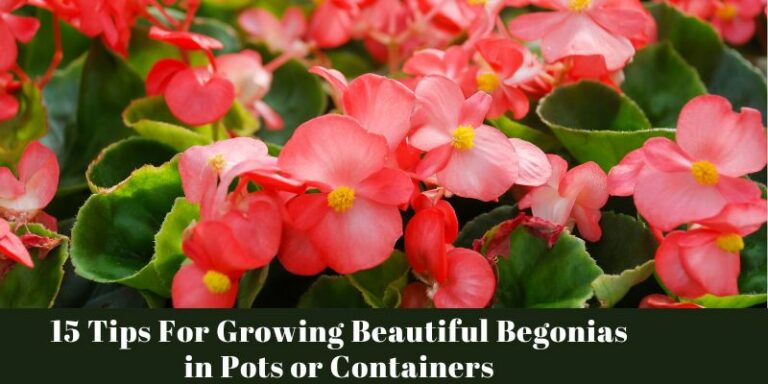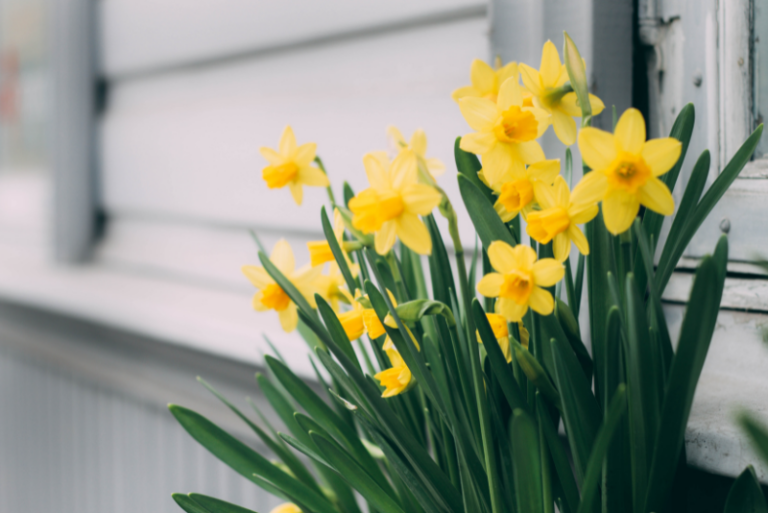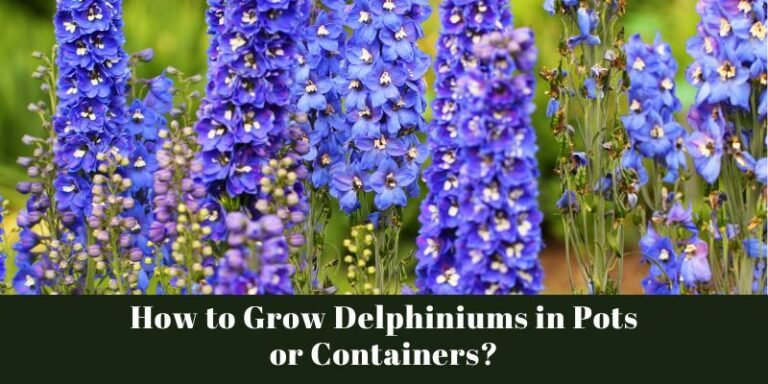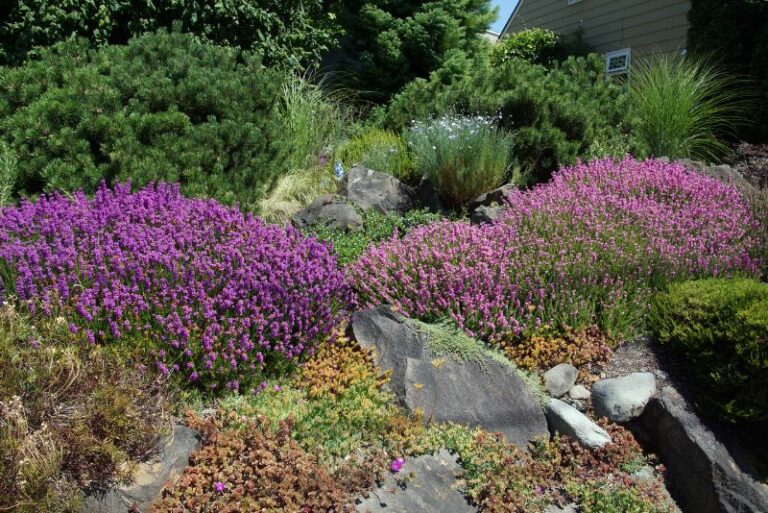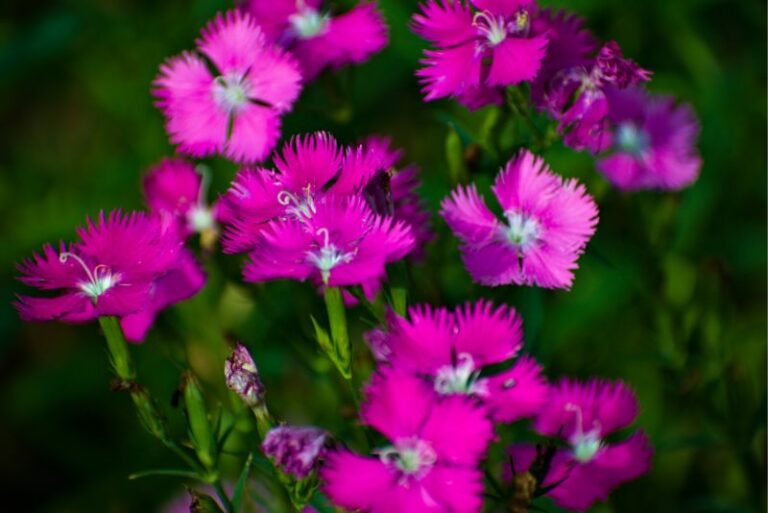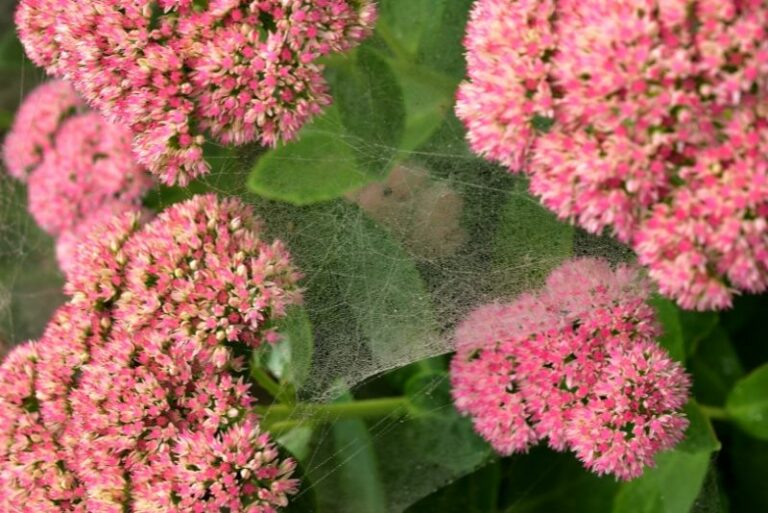Ultimate Guide: Growing and Caring for Asiatic Jasmine
Asian jasmine, or Trachelospermum asiaticum, is a versatile and hardy plant that has found its way into the hearts and gardens of many horticultural enthusiasts and landscapers around the world. Known for its appealing fragrance, evergreen leaves, and a range of practical applications, Asiatic jasmine can transform any space with its beauty and charm. From sprawling ground cover to elegant trellising, its uses are numerous. In this ultimate guide, we will explore the intricacies of growing and caring for this delightful plant to ensure you get the most out of its potential in your gardening endeavors.
Understanding Asiatic Jasmine
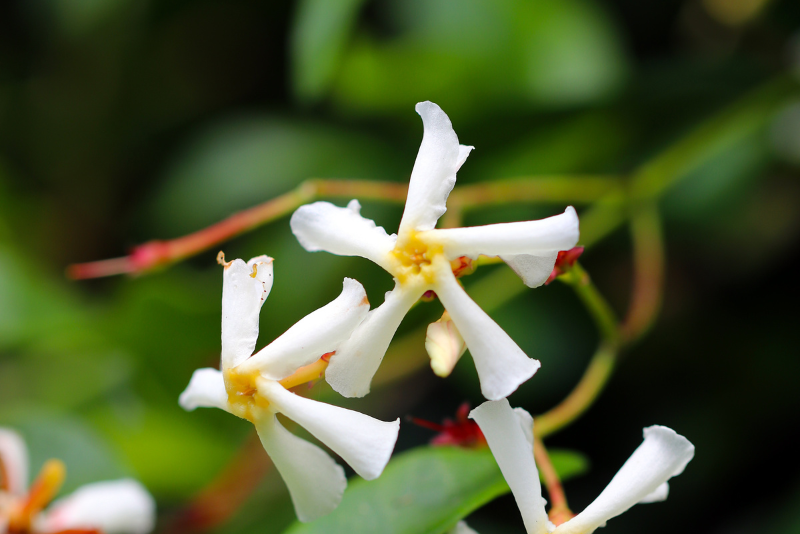
Before we get into the nitty-gritty of growing techniques, it’s important to understand this lovely plant and all it has to offer. Asiatic Jasmine is an evergreen vine native to the forested areas of Southeast Asia. With starry white flowers that exude a sweet, jasmine-like fragrance, it’s a pleasant addition to any garden. The glossy green leaves and trailing nature of the plant make it an excellent ground cover when you’re looking for something that will spread and fill in quickly.
Benefits of Growing Asiatic Jasmine
Low Maintenance and Drought Tolerance
One of the biggest draws to Asiatic jasmine is its low-maintenance nature once established. This ground cover does well in a variety of soil types, including acidic, with minimal fertilizer needs. Plus, it’s drought tolerant once its roots have spread, although it appreciates adequate watering during dry spells.
Ground Cover and Erosion Control
With its ability to spread and grow thickly, Asiatic jasmine becomes a fantastic ground cover option. It keeps soil moist and prevents erosion, making it ideal for borders, under trees, or to cover slopes.
Aesthetically Pleasing Foliage
The bright, dense foliage of Asiatic jasmine provides a lush, green base for your garden. Versatile in its usage, it adds depth and contrast to flowering plants, and its ability to climb makes it a stunning choice for trellises, fences, and walls.
Planting and Taking Care of Asiatic Jasmine
The secret to a thriving Asiatic jasmine plant lies in a few critical care instructions. Here’s what you need to know to keep those glossy leaves vibrant and the scent in the air.
Soil Preferences and Preparation
Well-draining soil is critical for the health of your jasmine plants, particularly one that’s consistently moist. Prepare the soil by adding compost before planting to improve soil structure and fertility.
Sunlight Requirements
Asiatic Jasmine prefers partial shade to full sun. In hotter climates, morning sun with afternoon shade is the best option. It will also grow in full shade, but it may not bloom as profusely.
Watering Schedule and Drainage Considerations
The first year is the most critical for establishing healthy roots. Water deeply and regularly, but make sure the soil dries out a bit between waterings to avoid root rot. Once the plant is established, it can tolerate dry spells well.
Propagating Asiatic Jasmine
If you want to multiply your Asiatic jasmine or share its splendor with friends, propagation is a simple process. Here are the basic methods for growing new plants:
Seed Sowing Techniques
Sowing Asiatic jasmine seeds can be a slow but rewarding process. Collect ripe seed pods, break them open to reveal the seeds, and plant them in pots. It can take a few months for seeds to germinate.
Division Process for Healthy Growth
Over time, Asiatic jasmine can become quite dense. When you divide the plant, you not only control the spread but also can create new plantings with ease. Dig up a section, and with a sharp knife, cut through the roots, dividing it into smaller plants. Replant the sections immediately.
Cuttings Method for Propagation
Taking cuttings from mature jasmine plants is a quick way to propagate new ones. Choose healthy stems with new growth, and cut just below a leaf node. Remove the lower leaves, and plant the cutting in a pot with soil mix for cuttings and keep it consistently moist until new growth appears.
Common Pests and Diseases
Identification of Common Pests and Diseases
Whiteflies, spider mites, and aphids are common pests that may affect Asiatic jasmine. Watch for yellowed leaves or a weakened appearance as possible signs of infestation. As for diseases, root rot can be an issue if the plant is overwatered or the soil doesn’t drain well.
Preventive Measures for Healthy Plants
To prevent pests and diseases, ensure your plant is in optimal growing conditions. Regular pruning can improve air circulation, reducing the likelihood of diseases. Also, avoid over-watering, and don’t allow water to stand around the roots.
Treatment Options for Pest Infestations or Diseases
For minor infestations, you can spray the plant with a strong jet of water to dislodge the pests. Horticultural oils or insecticidal soaps can also be used. For severe cases, consult with a local nursery or extension service for recommended treatment options. Be sure to follow instructions carefully to prevent damage to your plant.
Landscaping Ideas With Asiatic Jasmine
Companion Plants That Complement Asiatic Jasmine
Companion plants like impatiens, ferns, hostas, and caladiums go well with Asiatic jasmine, adding color and texture to the garden. When choosing companion plants, consider their water and light requirements to ensure they’re compatible with the jasmine.
Design Tips for Incorporating Asiatic Jasmine
Incorporating jasmine into your garden design opens up a world of possibilities. Use it as part of a mixed planting along a walkway, as a border under taller shrubs, or even in a hanging basket. It climbs well, so it’s perfect for growing up a trellis or over an arbor.
Conclusion: A Call to Green Thumbs
With a little knowledge and care, growing Asiatic jasmine can be an enjoyable and rewarding experience for any gardener. Its versatility as a ground cover, its pleasing aesthetic qualities, and its herbal uses make it a valuable addition to any green space. Whether you’re new to gardening or a seasoned expert, the fragrant beauty of Asiatic jasmine is sure to captivate you and enhance the natural ambience of your home landscape. Embark on this green-thumb adventure, and watch as this plant grows to be a cornerstone of your garden’s legacy.

